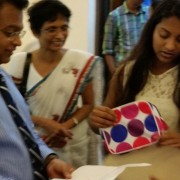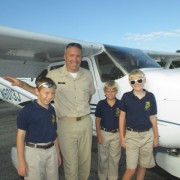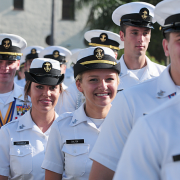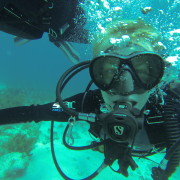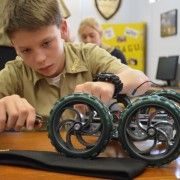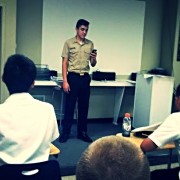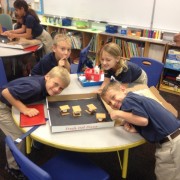Upper School treats Lower School to learning in a whole new way
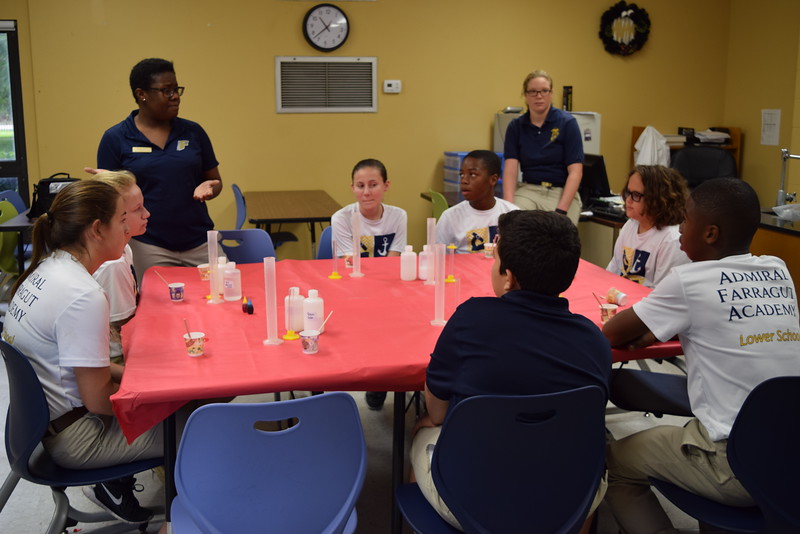
As one of 14 children in her family, Linette Victor understood early on how the older generation could greatly influence the younger one. Thus, her teaching style has modeled this dynamic.
Victor, who is in her first year teaching Upper School chemistry at Farragut, first implemented forms of student teaching when she worked in association with other professors to host a laboratory week at Vincennes University, where she taught for six years before coming to Farragut.
“Having high school students work in a college setting – alongside college students and in a large laboratory space – gave them the opportunity to learn in ways they couldn’t do at their schools,” said Victor, who has a master’s in chemistry from Wright State University and a bachelor’s in chemistry from Virginia Union University. “In addition, the college kids would learn the subject a lot easier because they would be teaching it.”
Here at Farragut, Victor – who did several internships involving organic chemistry while in college – has already begun incorporating such techniques. Shortly before the Thanksgiving break, the Long Island-native set up a similar “lab day” by having Lower School teachers bring their students to her classroom in the Duke Building to work with Upper School students.
The Upper School students included: Sam Nolin ’18, Wei Sun ’18, Stephanie Bailey ’18, Jack Prior ’18, Alex Zacharias ’18, Hannah Kunis ’16, Shang Wang ’18, Cody (Huy Bao Gia) Huang ’17, and Keondre Miller ’18.
The two projects involved making silly putty and ice cream, respectively.
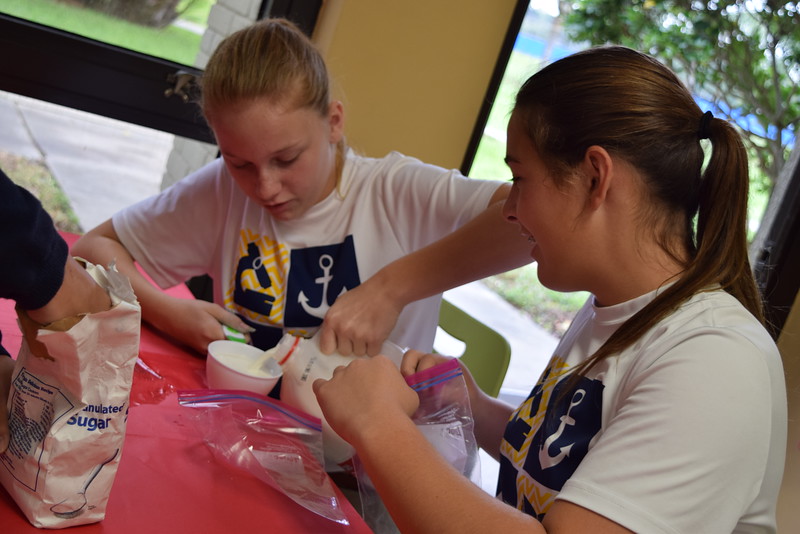
“I like showing kids early on that science is fun,” Victor, 31, said. “Having them understand how and why the world works helps them see chemistry in an interesting way.”
In the silly putty experiment, the kids mixed 7 milliliters of borax with 25 milliliters of diluted glue. To give the glue some “personality,” the students used different types of artificial coloring.
“The silly putty experiment gave students the opportunity to do something fun while also learning the properties of an organic compound,” Victor said. “They were able to first see how a product comes together and then they were able to experience what it does, including seeing the elasticity of it, the transparency, how it can be pulled apart slowly and how you can roll it up into a ball and that it bounces. The Upper School students also explained to them how silly putty is a polymer and that a polymer is made up of many molecules that are all strung together to form long chains. We used a train as an example.”
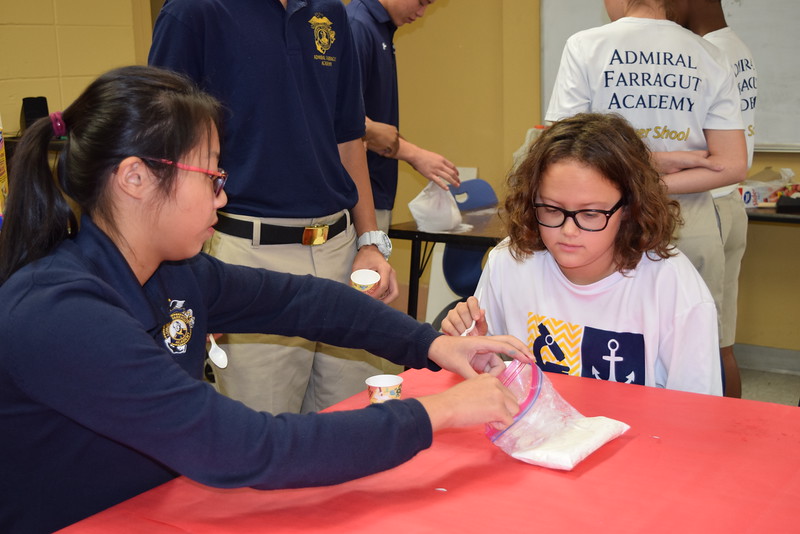
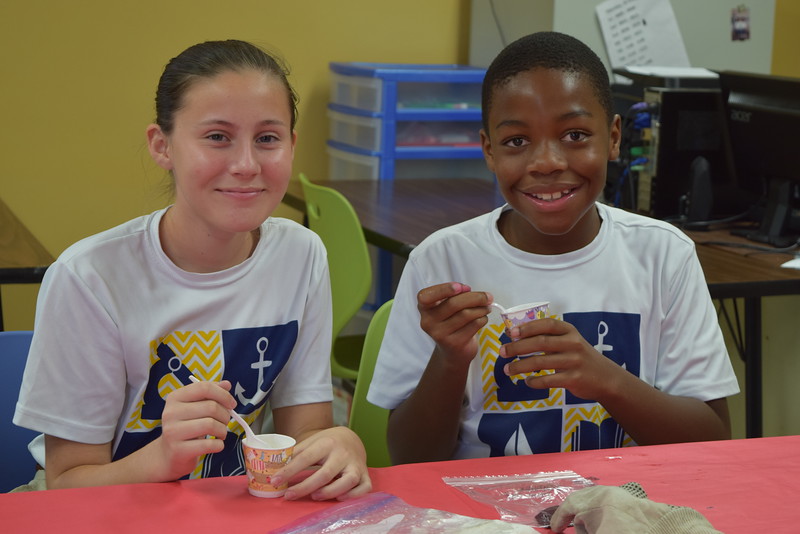
In the ice cream experiment, the kids first mixed milk, sugar and vanilla extract together and placed the mixture into a zipped storage bag. They placed this bag into another zipped storage bag filled with dry ice and acetone and voila, ice cream.
“Typically, salt is used to lower the freezing point of the water,” Victor said. “When a freezing point is lowered, such as by adding salt to water, the process is called freezing-point depression. Freezing-point depression is not unique to solutions made of water and salt; it also happens with other solutions. Using a mixture of dry ice and acetone allows us to make the ice cream within two minutes as opposed to a 30-minute wait time using salt.”
Victor – and the Lower School teachers – hope to use these type of cross-learning examples throughout the school year as a way to further enhance the education setting at Farragut.
“We’ve done it in some ways with the Aviation program in the past and Ms. (Sari) Deitche’s science classes, but having the Lower School students working alongside the Upper School students was incredibly enlightening for both the students and us teachers,” said Shannon LoRusso, who is the Lower School STEM teacher. “It’s a great way to break up the day for us in regard to teaching and it’s a great way for the students to learn in a refreshing dynamic.”

